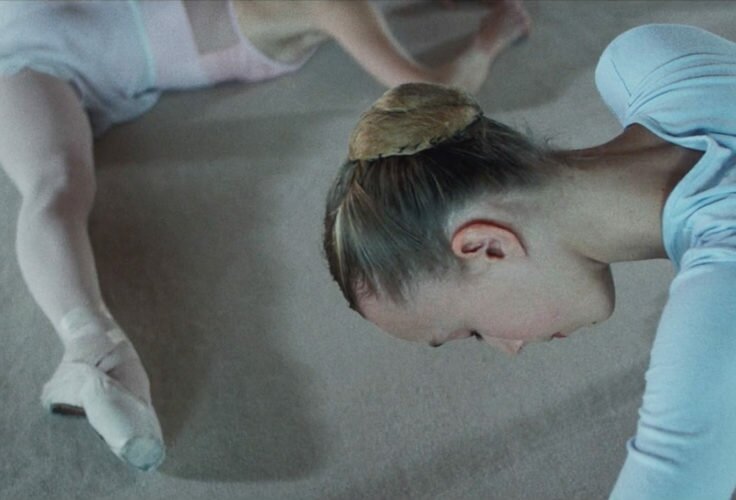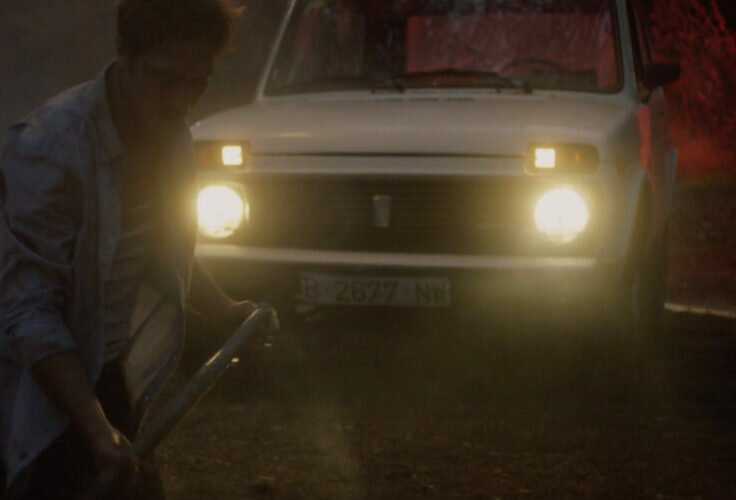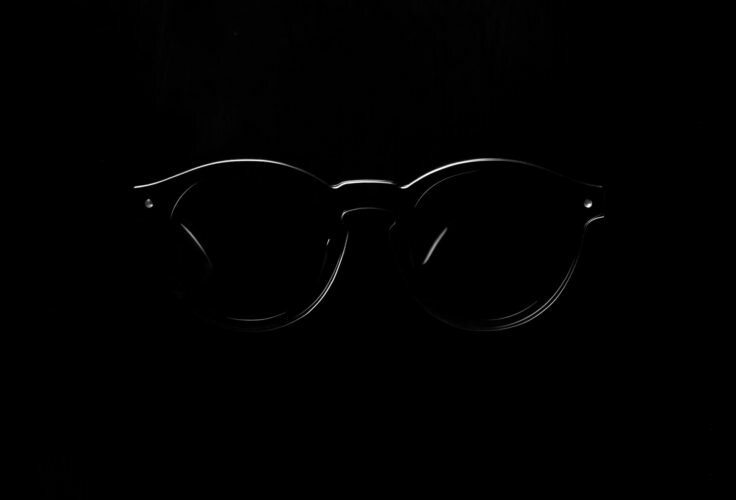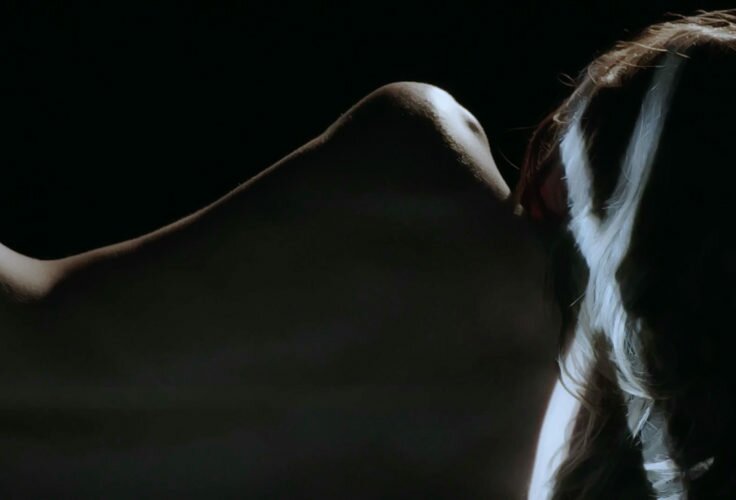Drake ha hecho un videoclip sobre recibir un tartazo en la cara, Child’s Play. Tyra Banks es la lanzadora. Y Ben Tuthill el testigo.
VS.
THESE WALLS
Cameras like to ignore walls. This is a bummer, because walls are pretty hard to ignore. They’re mostly opaque, for one, and cameras despite their increasingly impressive innovations set have yet to successfully see through solid objects. Instead, they mostly expose walls as the devastatingly unnatural constrictions that they are. You never realize how inadequate a room is until you try to take a picture of a big group of people and end up backed into a corner with half a face cut out on each side of the frame. If you ever want to make your life seem nasty, brutish, and small, bring a camera into your house and let the film shatter any pretensions of freedom.
Anyone who’s ever worked on a film set knows this better than anyone: you have to eliminate an entire wall just to make a room feel normal. You see this every time you go to a stage play, or think too much while watching a sitcom. The freedom of movement that people on stage experience has nothing to do with the actual human experience of a room. The openness dissolves the moment the fourth wall stops being a metaphor and becomes an actual thing.
By Ben Tuthill



One of the best explorations of walls and everyday life in recent memory is Collin Tilley’s video for Kendrick Lamar’s . Tilley takes the exuberance of a house party video and forces it into its actual setting. The walls play almost as important role as the people. Walls block, walls confuse, walls become defenses for cheating. You’re reminded of all the unpleasantness that barriers bring to house parties, and all the joy that they inspires in spite.
Tilley for the most part doesn’t remind us of the camera, except for one moment when two girls film their friend twerking Kendrick, first against a wall and then ultimately through it. We’re reminded in that shot of the camera that’s running through the house, trying to escape but ultimately defining the claustrophobic experience. The girls aim their camera through the hole in the wall, and another camera looks back at them. For a second the rooms are opened up, but then the camera moves on and we’re reminded that it’s just one hole in one wall, too out-of-place for anyone to do anything but stare. That same futility is reflected at the end, as Corey Holcolmb digs a hole in the wall of his jail cell, hopelessly peering through it into nothing.

You can’t break through a wall in a hip hop video without thinking about the ur-wall-breaking of Run-DMC vs. Aerosmith’s . Watching the video thirty years after its release, there’s a cloying multiculturalism to it. Racial politics don’t tend to age well, and neither do film sets. The wall between Aerosmith and Run-DMC is so obviously not real, not the least because if they all really wanted to get into one another’s room they could have just walked around the end. Nobody here is actually stuck; they’re both part of the same three-walled contrivance, divided by a piece of plywood, all of which disappears into the unenclosed freedom of the arena.
Wide open spaces are an obvious norm for rock videos: hair metal refuses to be cloistered. But hip hop has always been at least in part about closure. Its exuberance comes from its entrapment, the manipulation of limited symbols to manufacture luxury out of limited resources. The language wraps in on itself, the reference points repeat themselves, the allusions play out as if the hip hop world were the entirety of all existence. Hip hop is it’s own lens at its own house party, walled in and brutally conscious of its limitations but all the less restricted because of them. It’s odd but not surprising that the most typical locations for hip hop videos are clubs, streets, and sound stages. Closed walls and the ability to ignore them seem to be crucial component of the spirit.


As hip hop gets more introspective, though, the artificial freedom seems to be fading, and it’s being replaced by a postmodern anxiety that’s at its best in too-small spaces. Scott Cudmore’s video for Toronto producer Harrison’s takes the technical challenges of filming These Walls‘s house party and forces them to the forefront. We see the multiple cameras, the camera tracks, the script. Everything is exposed as artificial and closed. The players are hired actors, the poses are planned, the party room is right through the door from the A.A. Meeting. Rooms divide; they do it effectively, and it takes quite a bit of maneuvering to expose their insides. Cudmore dwells on both their necessity and the inability to experience them from anywhere but inside.
It’s Okay, I Promise is one of the least fun hip hop videos I’ve ever seen. It takes hip hop’s meta-awareness and acknowledges it as such, refusing to play the game and just sinking into the video’s artificiality and the restriction’s simultaneous reality. It’s honest and it’s beautifully done and it’s ultimately hopeless. I think I like Tilley’s approach better. It’s hopeless too, but there’s still some exuberance left to it. The game is still worth playing, even if it is just an enactment of its own closure. There’s still the remains of a celebration.




















